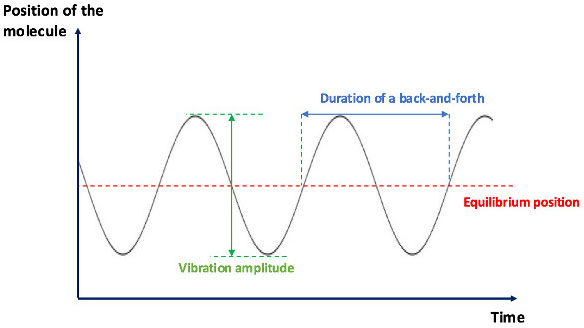Requisite Sounds and Performance
The requisite sounds which need to be generated at the piano, requires the right tone-kinds to be formed.
Those requisite tone-contrasts are a prerequisite for a musical sense to be made evident to the listener.
A performance can only appeal to us, through the medium of contrast[1]and through contrasts of pitch and note-combination including harmony.
- of time-pulse and its divisions;
- speed of movement (tempo ) ;
- of tone quantity, quality, and duration.
Successful Performance
A performance can appeal to us only through the medium of contrast. Furthermore, it is built up of individual units and the individual units in the case of a musical performance consist of separate individual sounds. Each note must enter at the precise time place and specific skills are required to bring forth the individual sounds. There is a vast difference between merely hearing and really listening.
Each note must be generated with musical purpose.
Successful attention implies that our whole consciousness is taken up with musical perception and its translation into actual sound. If we possess the power of mental post-analysis, then we shall be able realize the nature of attention required from us. Judgment is required for each and every note and judgment can only be derived from the perception of music. We cannot show or communicate that which we have not perceived and an act of conception and an act of execution are always implied. Before you can execute a shape, the mind must successfully imagine it.
Successful attention implies that our whole consciousness is taken up with musical perception and its translation into actual sound. If we possess the power of mental post-analysis, then we shall be able realize the nature of attention required from us. Judgment is required for each and every note and judgment can only be derived from the perception of music. We cannot show or communicate that which we have not perceived and an act of conception and an act of execution are always implied. Before you can execute a shape, the mind must successfully imagine it.

In the case of pure sound, the slice of the air molecule vibrates regularly over time, like the pendulum of a clock.
We can represent its movement in time by a sinusoidal curve, also known as a sine wave.
This same law applies to musical perception as it applies to every other kind of law.
Only through contrast with something else can we become aware of a physical or aural[2]element.
Both our 1) sense of touch and 2) our sight will inform us of the point of demarcation between solid and air.
It is only through the surface of the key that we can thus become aware of the key . For the musical ear there is a point which should be perceived as a realizable fact, which distinguishes the point between sound and silence.
The point of demarcation between silence and sound must be realized by the pianist.
The key surface can give us the opportunity to definitely pre-judge its resistance and set any key in motion.
Notes can be grouped together,
- first to form minute shapes in the way of ideas and
- motives and then whole phrases.
[1]
contrast: compare or appraise in respect to differences
[2]
aural: relating to the ear or the sense of hearing.